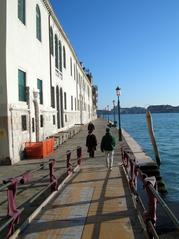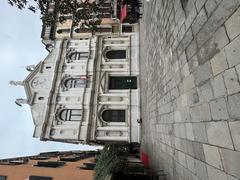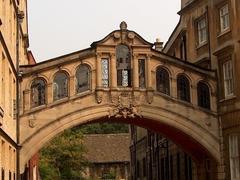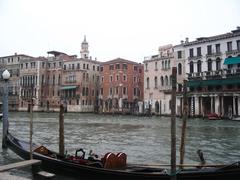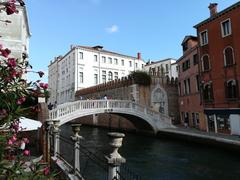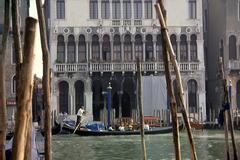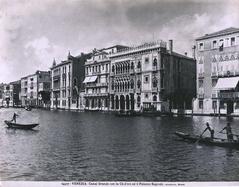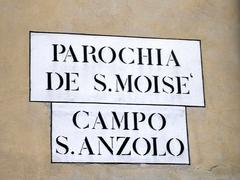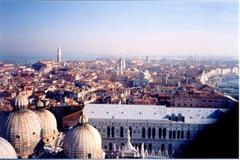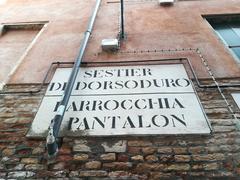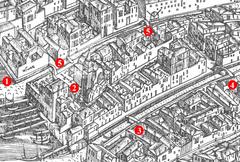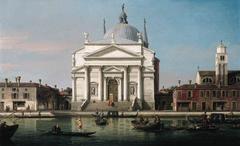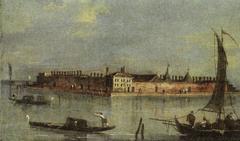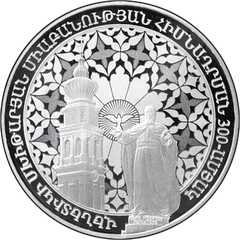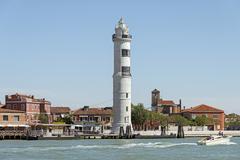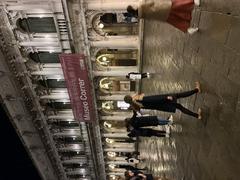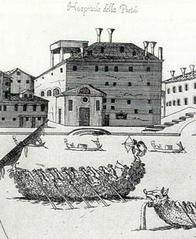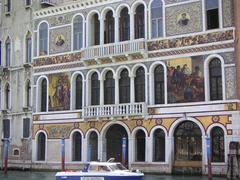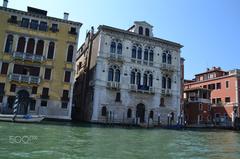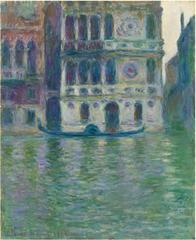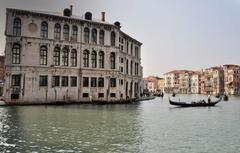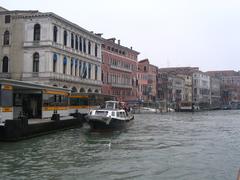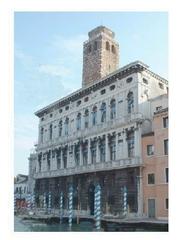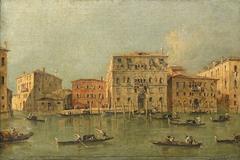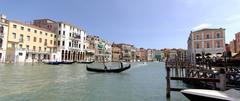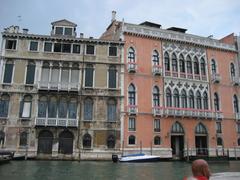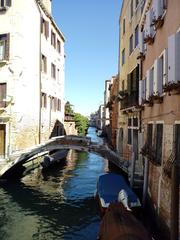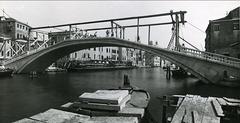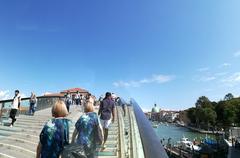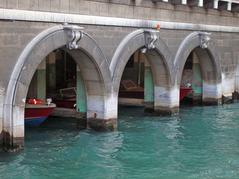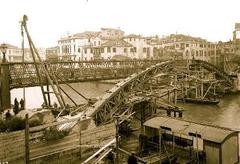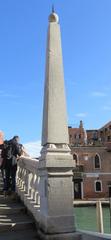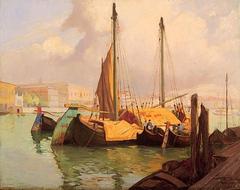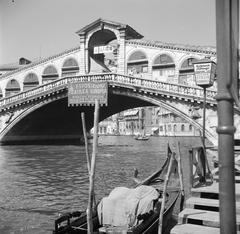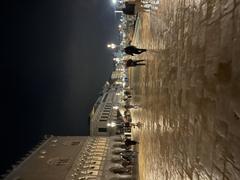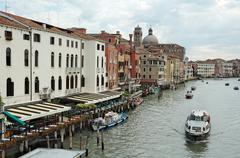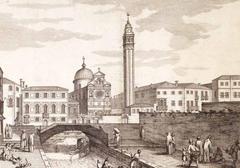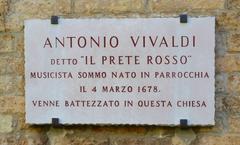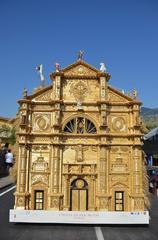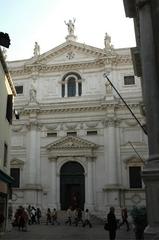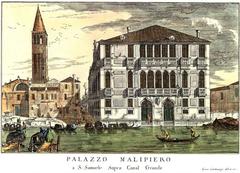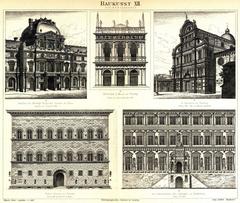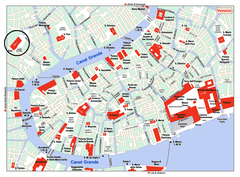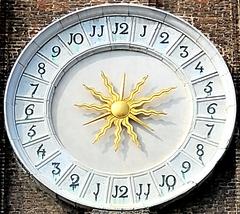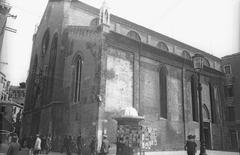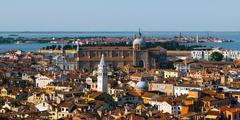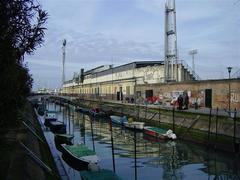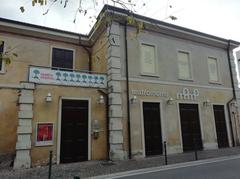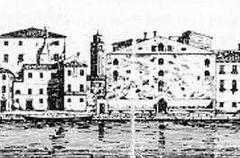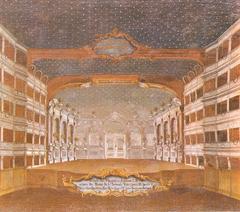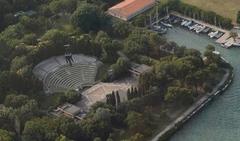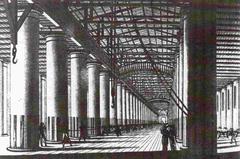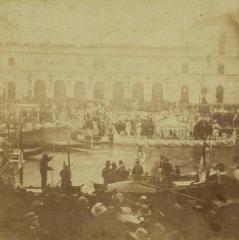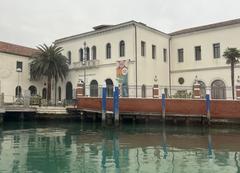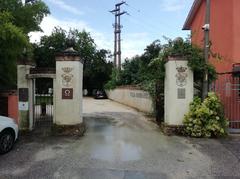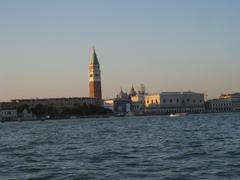Comprehensive Guide to Visiting St. Mark’s Basilica Venice Italy
Date: 16/08/2024
Introduction
St. Mark’s Basilica, or Basilica di San Marco, stands as a mesmerizing testament to Venice’s storied past and architectural grandeur. This iconic landmark, rooted in the 9th century, holds a unique place in the hearts of both Venetians and visitors alike. Its inception can be traced back to 828 AD when Venetian merchants brought the relics of St. Mark the Evangelist from Alexandria, an act that symbolically elevated Venice’s religious and political stature (Venice Insider Guide). Over the centuries, the basilica has evolved from a modest chapel into a magnificent structure heavily influenced by Byzantine architecture, showcasing Venice’s connections to Constantinople and the Eastern Roman Empire (Smarthistory).
The basilica’s rich history is intertwined with Venice’s rise as a maritime power, serving as the private chapel of the Doge and later transitioning to the city cathedral in 1807 under Napoleonic rule (Basilica di San Marco). Its stunning mosaics, intricate marble floors, and the renowned Pala d’Oro altarpiece make it a treasure trove of art and religious artifacts. The basilica has also been a focal point for significant civic and religious ceremonies, reflecting its dual role as a place of worship and a symbol of state power.
This comprehensive guide aims to provide you with an in-depth understanding of St. Mark’s Basilica, covering its historical significance, architectural marvels, visitor information, and practical tips to enhance your visit. Whether you are a history enthusiast, an art lover, or a curious traveler, this guide will help you navigate through the rich tapestry of St. Mark’s Basilica.
Table of Contents
- Introduction
- Origins and Early Construction
- Byzantine Influence and Architectural Evolution
- Renovations and Expansions
- Political and Religious Significance
- Transition to City Cathedral
- Artistic and Cultural Heritage
- Visitor Information
- Travel Tips
- Accessibility
- FAQ
- Conclusion
Origins and Early Construction
St. Mark’s Basilica has its origins rooted in the 9th century. The story begins in 828 when Venetian merchants stole the body of St. Mark the Evangelist from Alexandria and brought it back to Venice. This act was not only a significant religious event but also a political maneuver to elevate Venice’s status. The relics were initially housed in a small chapel on the island of San Giorgio Maggiore. However, as Venice grew in wealth and power, it was decided that a more grand and fitting tomb was needed for the patron saint of the city (Venice Insider Guide).
In the late 9th century, the Doge of Venice, Giovanni Partecipazio, commissioned the construction of a new basilica to house the remains of St. Mark. The original basilica, known as the Basilica Aurea, was completed in 832 and was located in the area now known as Piazza San Marco. This early basilica was a grand and impressive building, featuring a central nave, four side chapels, and a large apse (Venice Insider Guide).
Byzantine Influence and Architectural Evolution
The current basilica, which replaced the original Basilica Aurea, was begun in 1063 and completed in 1094. This new structure was designed to be the grandest church in Venice and was heavily influenced by Byzantine architecture. The Venetians aimed to recall the traditions of Constantinople, specifically the Church of the Holy Apostles, which no longer exists (Smarthistory).
The basilica’s layout is essentially a Greek cross, with equal arms and domes over each arm, and another dome over the crossing. This design is a direct reference to Byzantine architectural principles. The church’s Byzantine style is evident in its intricate mosaics, marble flooring, and gold leaf detailing, making it a true feast for the eyes (Venice Insider Guide).
Renovations and Expansions
Over the centuries, St. Mark’s Basilica has undergone several renovations and expansions. In the 11th century, the original Basilica Aurea was destroyed by a fire, leading to the construction of the current basilica. In the 12th and 13th centuries, the basilica was further expanded and renovated to include the distinctive Byzantine-style domes that are now one of its most iconic features. Additional artwork and treasures were also added, including several chapels, altars, and the famous Pala d’Oro, a gold altarpiece encrusted with precious stones and enamels (Venice Insider Guide).
Political and Religious Significance
St. Mark’s Basilica has always been more than just a religious building; it has played a crucial role in the political and civic life of Venice. For about a thousand years, it functioned as the Ducal Chapel, coming directly under the Doge, who nominated its Primicerius with episcopal authority. It was also the State Church under the supervision of the Procurators of Saint Mark. The basilica was the venue for the highest celebrations of the Venetian people and government (Basilica di San Marco).
In moments of great pain, such as during the plagues of 1576 and 1630, the basilica served as a place of meeting and prayer for the Venetians. It was also a point of reference for merchants and sailors who enriched it with precious gifts, marbles, and art treasures, all with the wish to contribute to keeping this monument great and rich as a testimony of the greatness of Venice (Basilica di San Marco).
Transition to City Cathedral
The fall of the Serenissima to Napoleon’s troops on May 12, 1797, marked a new phase for St. Mark’s Basilica. In 1807, on the orders of Napoleon, the cathedral was transferred from its ancient seat of San Pietro di Castello to St. Mark’s, which thus lost its function as the Doge’s Chapel and became the city cathedral. This transition marked the end of its thousand years of ducal history and began its new role as the seat of the Patriarch of Venice (Basilica di San Marco).
Artistic and Cultural Heritage
St. Mark’s Basilica is home to a stunning array of art and treasures. The mosaics, which cover the entire ceiling of the central nave, are particularly noteworthy. These mosaics depict various biblical scenes and are a testament to the artistic skill and religious devotion of the time. The Pala d’Oro, an exquisite gold altarpiece encrusted with precious stones and enamels, is another highlight of the basilica’s artistic heritage (Venice Insider Guide).
The exterior of the basilica is equally impressive. Located in the central district of the city, next to the Doge’s Palace, the basilica stands in front of Saint Mark’s Square. The main facade is adorned with columns and statues and is topped with five domes of varying sizes. The central dome, the largest, is adorned with a golden mosaic that depicts the ascension of Christ. The other four domes are smaller and are adorned with intricate mosaic patterns (Venice Insider Guide).
Visitor Information
Visiting Hours
St. Mark’s Basilica is typically open to visitors from 9:30 AM to 5:00 PM on weekdays, and from 2:00 PM to 4:00 PM on Sundays and holidays. It is advisable to check the basilica’s official website for the most up-to-date visiting hours and any changes in the schedule (Basilica di San Marco).
Tickets
Admission to St. Mark’s Basilica is free, but there are fees for certain areas such as the museum, the treasury, and the Pala d’Oro. It is recommended to purchase tickets online in advance to avoid long queues (Basilica di San Marco).
Visitor Guidelines
Modest attire is required to enter the basilica. Shoulders and knees must be covered, and visitors are encouraged to maintain a respectful demeanor inside the sacred space.
Travel Tips
Best Times to Visit
The best times to visit St. Mark’s Basilica are early in the morning or late in the afternoon to avoid the largest crowds. Visiting during weekdays can also help you avoid the weekend tourist rush.
Avoiding Crowds
Consider visiting during the off-peak seasons, such as late fall or early spring, to enjoy a more relaxed experience. Booking a guided tour can also provide quicker access to the basilica’s interior.
Nearby Attractions
While visiting St. Mark’s Basilica, take time to explore the nearby Doge’s Palace, St. Mark’s Square, and the Campanile di San Marco for a panoramic view of Venice.
Accessibility
St. Mark’s Basilica is committed to being accessible to all visitors. There are ramps available for wheelchair users and those with mobility issues. It is advisable to check the basilica’s official website for detailed accessibility information and any special accommodations that may be available (Basilica di San Marco).
FAQ
Q: What are the opening hours of St. Mark’s Basilica?
A: The basilica is typically open from 9:30 AM to 5:00 PM on weekdays, and from 2:00 PM to 4:00 PM on Sundays and holidays. Always check the official website for the latest information.
Q: Is there an admission fee to enter St. Mark’s Basilica?
A: Admission to the basilica is free, but there are fees for specific areas such as the museum, the treasury, and the Pala d’Oro.
Q: What is the best time to visit St. Mark’s Basilica?
A: Early morning or late afternoon on weekdays are the best times to visit to avoid large crowds.
Q: Are there any dress code requirements?
A: Yes, visitors must dress modestly with shoulders and knees covered.
Conclusion
St. Mark’s Basilica is more than just a historical monument; it is a living testament to Venice’s rich cultural, religious, and political history. From its origins in the 9th century to its transformation into the city cathedral under Napoleon, the basilica has continuously evolved, embodying the grandeur and complexity of Venetian heritage (Venice Insider Guide). Its architectural splendor, characterized by Byzantine influences and adorned with stunning mosaics and treasures like the Pala d’Oro, offers a visual feast for visitors (Smarthistory).
For those planning a visit, understanding the basilica’s historical and cultural context enriches the experience, transforming a simple tour into a journey through time. Practical information such as visiting hours, ticketing options, and dress code ensures a smooth and respectful visit. Additionally, travel tips on the best times to visit and how to avoid crowds can help you make the most of your trip (The Geographical Cure).
In essence, a visit to St. Mark’s Basilica is a must for anyone exploring Venice. It promises not only an encounter with breathtaking art and architecture but also a deeper connection to the historical narratives that have shaped this unique city. For more travel tips and updates, be sure to check out related posts on our site and follow us on social media.
References
- Basilica di San Marco. (n.d.). La Basilica: Funzione Politica e Religiosa. Retrieved from http://www.basilicasanmarco.it/storia-e-societa/la-basilica-funzione-politica-e-religiosa/?lang=en
- Smarthistory. (n.d.). Saint Mark’s Basilica, Venice. Retrieved from https://smarthistory.org/saint-marks-basilica-venice/
- Venice Insider Guide. (n.d.). Saint Mark’s Basilica in Venice: The Triumph of Gold. Retrieved from https://www.veniceinsiderguide.com/saint-mark-s-basilica-in-venice-the-triumph-of-gold/
- The Geographical Cure. (n.d.). Guide to St. Mark’s Basilica. Retrieved from https://www.thegeographicalcure.com/post/guide-to-st-marks-basilica
